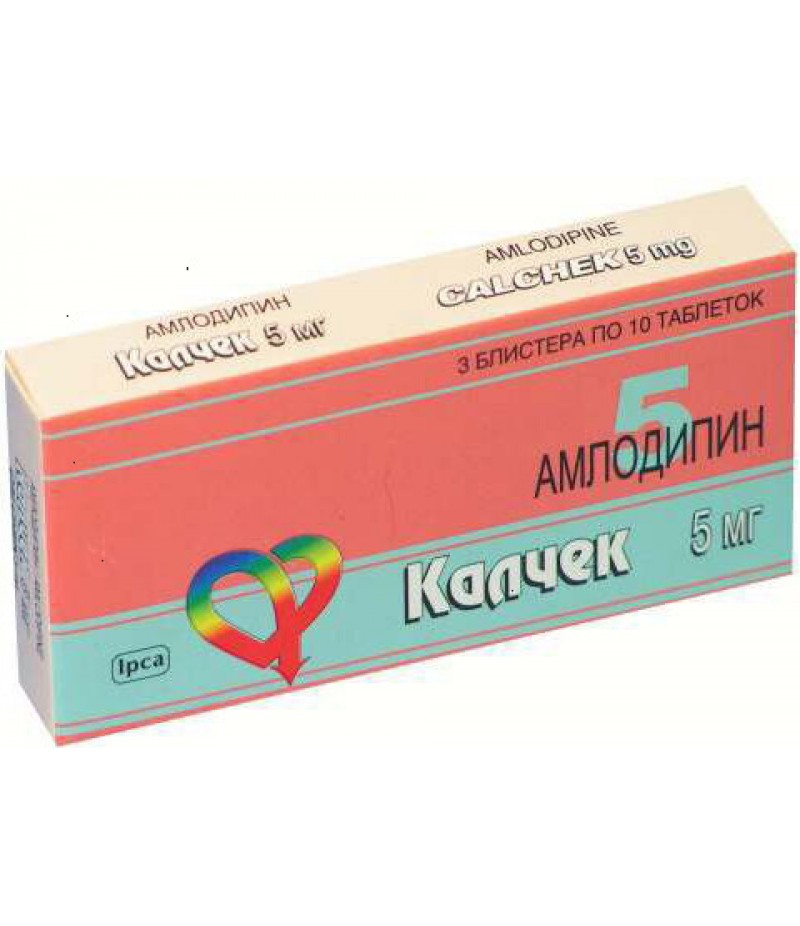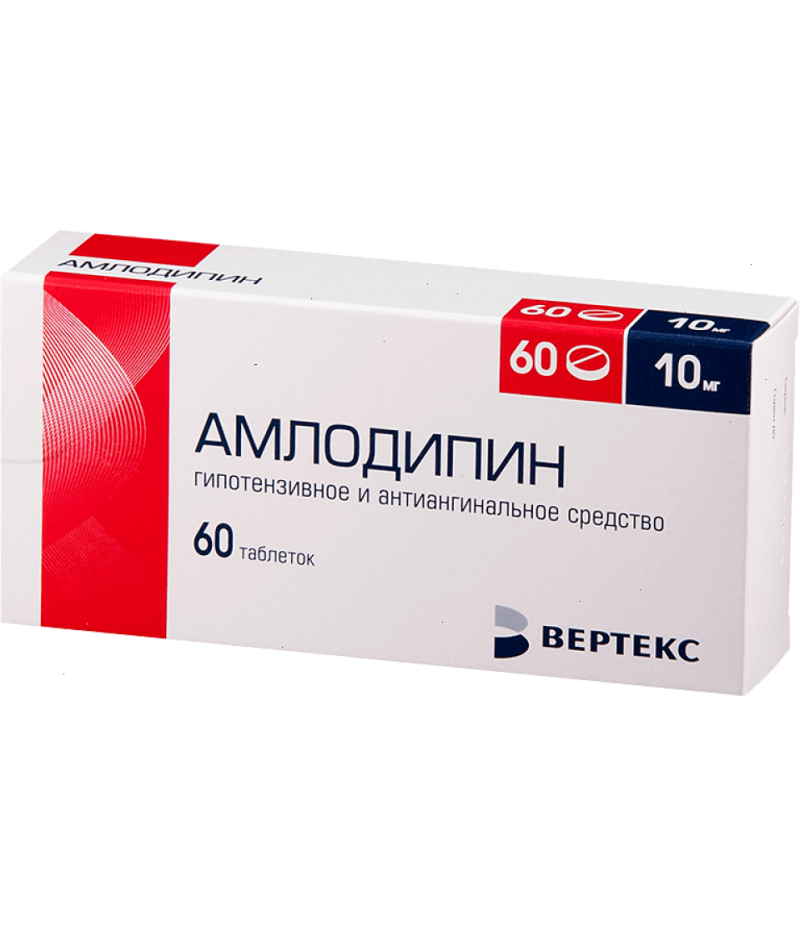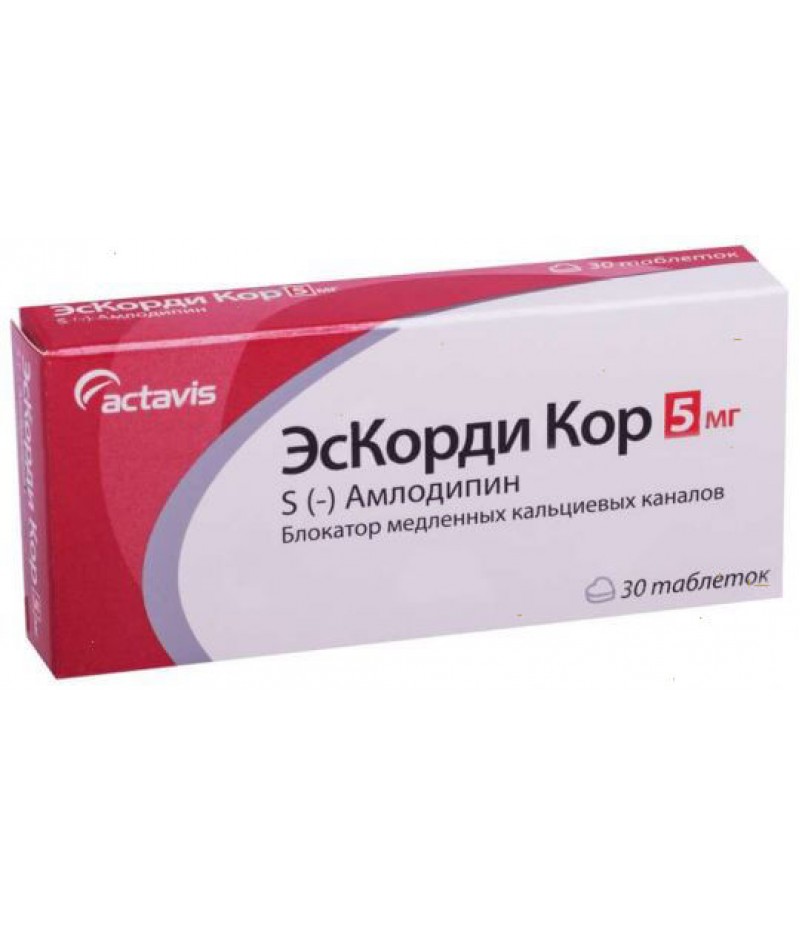Norvasc 10mg #30
- $49.90
- 2 or more $47.30
- 3 or more $44.95
- Availability:In Stock
Norvasc instructionReed more and buy Norvasc onlineComposition1 tablet, as an active substance, contains 6.935 mg of amlodipine besilate (5 mg of amlodipine) or 13.87 mg of amlodipine besylate (10 mg of amlodipine).As auxiliary su..
Tags: tabs
Norvasc instruction
Reed more and buy Norvasc online
Composition
1 tablet, as an active substance, contains 6.935 mg of amlodipine besilate (5 mg of amlodipine) or 13.87 mg of amlodipine besylate (10 mg of amlodipine).
As auxiliary substances are:
sodium starch glycolate type A;
microcrystalline cellulose;
anhydrous calcium hydrophosphate;
magnesium stearate.
Form of issue
Tablets containing 5 mg (Norvasc 5 mg) or 10 mg (Norvasc 10 mg) of Amlodipine. According to the description, white or almost white, in the form of an octagon with uneven sides. On one side, the "Pfizer" logo is printed on the other, correspondingly with the active substance content, "AML-5" or "AML-10".
One package contains 14 or 30 tablets of 5 or 10 mg each.
pharmachologic effect
Norvasc has antihypertensive and antianginal action.
Pharmacodynamics and pharmacokinetics
Amlodipine is a dihydropyridine derivative. The mechanism of action is associated with the blocking of calcium channels (CCB) and inhibition of the transmembrane transition of calcium into the cells of the smooth muscles of the vessels (to a greater extent) and cardiomyocytes (to a lesser extent). Thus, hypotensive and antianginal effects are manifested.
The hypotensive effect is determined by the direct relaxing effect on the smooth muscle tissue of the vessels.
Reduction of myocardial ischemia takes place in two ways:
Amlodipine acts on peripheral arterioles promoting their expansion. In this regard, reduced OPSS (total peripheral resistance of blood vessels), with virtually unchanged heart rate (heart rate), which leads to a decrease in energy consumption and a decrease in the need for myocardium in oxygen.
The drug expands the arterioles, as well as peripheral and coronary arteries, both in normal zones of the myocardium and in ischemic ones, thereby increasing the supply of myocardium with oxygen, in patients with vasospastic angina, which prevents the development of coronary spasm.
With arterial hypertension, a one-time daily dose of Norvasc provides normalization of blood pressure for 24 hours (standing and lying). Due to the gradual action does not lead to a sharp decrease in blood pressure.
In patients suffering from angina, a single daily dose of the drug increases the time of possible physical exertion, inhibits the development of angina attack and slows the depression of the ST segment, reduces the frequency of regular attacks of angina and the use of nitroglycerin.
The use of Norvasc with patients with cardiovascular pathologies (including coronary atherosclerosis with the lesion of the 1st vessel and up to the stenosis of 3 or more arteries, as well as atherosclerosis of the carotid arteries) who underwent percutaneous angioplasty, myocardial infarction or suffering on angina prevents changes in the thickness of the intima-media of the carotid arteries and greatly reduces the incidence of lethal cases for these reasons. Also reduces the number of hospitalizations for the progression of CHF and unstable angina, reduces the frequency of possible interventions aimed at the resumption of normal coronary blood flow.
Does not increase the risk of fatalities or complications in patients with CHF III-IV functional class (NYHA), in the treatment of digoxin, ACE inhibitors and diuretics. Does not affect the conductance and contractility of the myocardium, does not lead to a reflex increase in heart rate, positively affects the glomerular filtration rate, slows platelet aggregation, shows a weak natriuretic effect. Does not increase the severity of microalbuminuria in diabetic nephropathy. Does not have a negative effect on plasma lipids and metabolism.
Suction:
When administered orally, therapeutic doses are well absorbed.
In Cmax blood reaching in 6 - 12 hours.
Vd is approximately equal to 21 l / kg.
Absolute bioavailability is 64 - 80%.
The connection with plasma proteins is approximately 97.5%.
Penetrates through the BBB, eating does not affect the absorption of Amlodipine.
Metabolism and excretion:
The total ground clearance is 0.43 l / h / kg.
T1 / 2 about 35-50 hours. With severe heart failure and liver failure increases to 56-60 hours.
In plasma, stable CSS is observed after 7-8 days of constant reception.
Transformation to inactive metabolites occurs in the liver.
10% of the unchanged drug and 60% of the metabolites formed are excreted by the kidneys.
It is not removed during hemodialysis, excretion with milk has not been studied.
Indication for use of Norvasc
Indications for the use of the drug Norvasc comply with the recommendations for dihydropyridine derivatives, which are prescribed:
with arterial hypertension (monotherapy or combined treatment with other antihypertensive drugs);
with stable angina and stenocardia Prinzmetal (vasospastic angina) (monotherapy or combined treatment with other antianginal drugs).
Contraindications
individual hypersensitivity to Norvasca constituents;
arterial hypotension (severe form).
With extreme caution:
CHF of non-ischemic nature of III-IV class;
arterial hypotension;
hypertrophic obstructive cardiomyopathy;
aortic stenosis;
liver failure;
syndrome of weakness of the sinus node;
mitral stenosis;
age under 18 years (safety and efficacy not tested);
acute myocardial infarction (1 month after).
Side effects
The cardiovascular system:
palpitation;
peripheral edema (stop and ankle);
excess BP reduction;
orthostatic hypotension;
development or strengthening of heart failure;
vasculitis;
heart rhythm disturbances (including bradycardia, ventricular tachycardia and atrial fibrillation);
sensation of pain behind the sternum;
migraine;
myocardial infarction.
Musculoskeletal system:
arthralgia;
myalgia;
muscle cramps;
arthrosis;
backache;
myasthenia gravis.
Peripheral and central nervous system:
flushes of blood to the face;
sensation of heat;
increased fatigue;
drowsiness;
dizziness;
headache;
malaise;
increased sweating;
fainting;
asthenia;
paresthesia;
hypoesthesia;
peripheral neuropathy;
insomnia;
tremor;
mood lability;
nervousness;
sense of anxiety;
depression;
convulsions;
agitation;
apathy;
amnesia;
ataxia.
Digestive system:
nausea;
pain in the abdominal cavity;
vomiting;
constipation or flatulence;
diarrhea;
dyspepsia;
anorexia;
feeling of thirst;
dry mouth;
increased appetite;
gingival hyperplasia;
gastritis;
hyperbilirubinemia;
pancreatitis;
jaundice;
hepatitis;
increased activity of hepatic transaminases.
The system of hematopoiesis:
thrombocytopenia;
thrombocytopenic purpura;
leukopenia.
Respiratory system:
rhinitis;
dyspnea;
cough.
Genitourinary system:
nocturia;
rapid or painful urination;
gynecomastia;
impotence;
polyuria;
dysuria.
Metabolic disorders:
hyperglycemia.
Allergic reactions:
rash and itching;
erythema multiforme;
angioedema;
hives.
Others:
tinnitus;
alopecia;
changes in body weight;
impaired vision;
violation of accommodation;
diplopia;
xerophthalmia;
Pain in the eyes;
conjunctivitis;
perversion of taste;
nose bleed;
chills;
dermatitis;
parosmia;
cold sweat;
xeroderma;
pigmentary disorders of the skin.
Norvasc, instructions for use (Method and dosage)
The required dose of the drug Norvasc, depending on the individual characteristics of the organism, can be established only by the attending physician.
Accordingly instructions for the use of Norvasca, the initial dose of the drug is 5 mg and can be increased to 10 mg, due to the tolerability of the body and on the recommendation of a doctor.
The drug is indicated for oral use once a day. The tablet is swallowed whole, washed down with water.
Dose adjustment, with renal and hepatic insufficiency (moderate severity), as well as in old age, is not required.
When combined with ACE inhibitors, thiazide diuretics, beta-adrenoblockers, the dosage regimen remains unchanged.
Overdose
When the dose is exceeded, a sharp decrease in blood pressure with a further appearance of reflex tachycardia and excessive peripheral vasodilation may be possible (there is a possibility of developing persistent arterial hypotension with further shock and death).
In the first two hours, the intake of adsorbents (for example, activated carbon) is prescribed, in some cases - gastric lavage. The patient is recommended to take a horizontal position with the lower extremities lifted upwards. They actively support the functions of the cardiovascular system, monitor the performance of the lungs and heart, and also monitor the volume of circulating blood and diuresis.
In the absence of contraindications, vasoconstrictive drugs are used to normalize the vascular tone and blood pressure. Intravenous calcium gluconate is administered. Hemodialysis is ineffective.
Interaction
It is possible to increase the side effects of microsomal oxidation inhibitors, due to the increased concentration of amlodipine. The inductors of microsomal enzymes of the liver, on the contrary, reduce the content of the active substance of the preparation.
With the combined use of amlodipine and cimetidine, the pharmacokinetics of the former remain unchanged.
Grapefruit juice in a volume of 240 ml and Amlodipine in a dose of 10 mg do not lead to significant changes in the pharmacokinetics of the drug.
Clinically significant interaction of Norvasc with NSAIDs was not detected.
An increase in hypotensive and antianginal action of Norvasc is possible with simultaneous application with loop and thiazide diuretics, ACE inhibitors, verapamil, nitrates and beta-blockers. Also, there is an increase in the hypotensive effect when combined administration of neuroleptics and alpha 1-adrenoblockers.
Negative inotropic effect, when studying Norvasc, was not observed. But it is worth remembering that CCBs can help enhance this effect for some antiarrhythmic drugs (eg, quinidine and amiodarone).
The combined use of lithium and CCB drugs can enhance the neurotoxicity of the former (nausea, diarrhea, vomiting, ataxia, tinnitus, tremor).
Amlodipine (in vitro) does not affect the binding of warfarin, digoxin, indomethacin to plasma proteins.
The parallel administration of aluminum-containing and magnesium-containing antacids does not significantly affect the pharmacokinetics of amlodipine.
A single dose of sildenafil (100 mg) is possible during therapy with Norvasc.
The repeated use of atorvastatin at a dose of 80 mg and Amlodipine at a dose of 10 mg and is not accompanied by significant changes in the pharmacokinetics of the former.
The pharmacokinetics of cyclosporine with the combined administration with amlodipine practically does not change.
Storage conditions
In an inaccessible place for children, at a temperature of no more than 25 ° C.
Shelf life - 4 years.
special instructions
When treating arterial hypertension, the drug Norvasc can be combined with alpha and beta adrenoblockers, thiazide diuretics, sublingual nitroglycerin, ACE inhibitors, prolonged-action nitrates, antibiotics, NSAIDs and hypoglycemic agents for internal use.
Can be used, both in monotherapy, and in combined treatment with other antianginal drugs, for the therapy of angina pectoris.
The drug has no adverse effect on plasma lipids and metabolism, in connection with which, it can be prescribed by a patient with gout, diabetes mellitus and bronchial asthma.
It is possible to apply Norvasc with the patient's predisposition to vasospasm and vasoconstriction.
It may be necessary to reduce the dose of the drug to patients of low growth, with a low body weight and patients with severe liver function abnormalities.
During the course of therapy, one should monitor body weight and undergo examination at the dentist, in order to prevent bleeding, soreness and gingival hyperplasia.
Children
The oral daily antihypertensive dose for patients aged 6 to 18 years is 2.5 mg to 5 mg (maximum). The effect of the drug on children under 6 years of age has not been investigated.
With alcohol
The dose of 10 mg does not significantly affect the pharmacokinetics of ethanol (drinks containing alcohol).
With antibiotics
Combination with antibiotics in the treatment of hypertension is possible.
During pregnancy (and lactation)
Do not recommend the appointment of Norvasc during pregnancy, due to lack of validated data in this period.
You should stop taking medication during breastfeeding or cancel the drug itself.
Reviews about Norvasc
Positive feedback about Norvasc on the forums take a significant place. Among the complaints most often pay attention to small peripheral edema and tachycardia. There are also completely negative reviews about this drug, which, most likely, are associated with an incorrectly selected treatment regimen or a dose of the drug.
Asking what is better for Norvasc or Amlodipine of domestic production, do not forget that the quality of the products of the pharmaceutical company "Pfizer" is beyond doubt, whereas the means produced by our manufacturers, unfortunately, quite often do not meet the requirements set by them. Although both drugs contain one active substance - Amlodipine, the degree of purification and mass content of the imported analog surpasses the domestic one.





